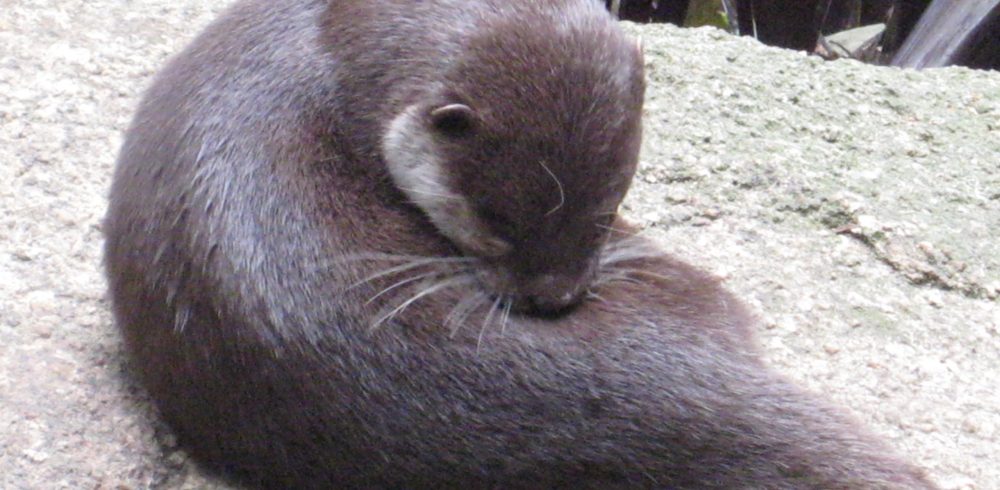Protected species play a vital role in the future of our planet, yet so many are in decline, threatening our ecosystems and safeguarding their existence to protect biodiversity is crucial. Developers should seek expert ecological advice, at the very earliest stage, to discuss survey requirements that could inform their proposals.
Why are protected species important?
Protected species play a vital role in the harmony of our ecosystem. Here we outline which species are commonly found in the UK, and why they are so important to our ecosystems.
Bats:
Bats play a crucial role in the environment, pollinating flowers and controlling pests. They are also a great indicator of the health of the wider habitat, so if bats are in decline, it can be a sign that the local habitat is being poorly managed.
Great Crested Newt:
The Great Crested Newt is critical to our ecosystems, yet over the last century, numbers have been in great decline, mainly due to farming practices and development work eradicating their habitat. Great Crested Newts play an important role, taking nutrients from water and bringing them back to land to improve fertility of soil.
Dormice:
The dormouse plays an important part in our food chain and is also a good indicator of animal and plant diversity in an ecosystem. However, they are at serious risk of extinction, which has caused them to become a priority species in the UK Biodiversity Action Plan, as well as being protected by the Wildlife and Countryside Act 1981.
Reptiles:
Reptiles, like the adder, grass snake and common lizard, also help balance the levels of our ecosystem, by playing the role of both prey and predator species.
Otters and water voles:
Water voles help to maintain river ecosystems by helping to create conditions for other animals and plants to thrive. Otters too play a vital role, helping to control the populations of food species that they prey upon. Their presence is a signal that the surrounding ecosystem is in a good condition.
Breeding birds:
Breeding birds help protect biodiversity by eating pests, pollinating plants, spreading seeds and acting as a food source for larger predators.
Where can you expect to find protected species?
According to Natural England and the Department for Environment, Food and Rural Affairs, there are a number of habitats where protected species are likely to be present. These include:
- Ancient or veteran trees
- Cellars, ice houses, old mines and caves
- Buildings with features suitable for bats, or large gardens in suburban and rural areas
- Traditional timber-framed buildings
- Lakes, rivers and streams
- Heathland
- Meadows, grasslands, parkland and pastures
- Ponds or slow-flowing water bodies
- Brownfield sites
- Woodland, scrub and hedgerows
- Coastal habitats
What surveys should I consider?
A preliminary ecological appraisal will help identify if any more detailed surveys are required that look at specific protected species and habitats. These can include:
Bats – A preliminary roost assessment is a visual assessment of a building or structure and can be done at any time of the year. This is often followed by monitoring or field surveys, which can only be carried out between May and September. Bat hibernation surveys can also take place in the winter months, between November and March.
Great Crested Newt – These creatures are at their most active between mid-March and mid-June, so it is vital that surveys are carried out at this time. Five surveys need to be done over this period, including:
- Egg searching – physically searching for newt eggs inside folded leaves.
- Torching – walking around the edge of a pond between dusk and midnight to scan the ground and pond for newts.
- Bottle trapping – a trap placed in the pond sediment on an evening and removed in the morning to see if any newts have entered.
- Netting – a net is placed around the edge of the pond in an attempt to catch newts or their larvae.
- Environmental DNA (eDNA) – this survey can also check for the DNA organisms released into the environment through things like shedding skin or faeces.
Dormice – Nesting rubes are a reliable way of checking for the presence of dormice. At least 50 tubes are put in place during April or May, left for the season and then checked every two months for dormice or their nests.
Reptiles – Artificial habitats can be placed around the site, providing an ideal resting place for reptiles. These need to be checked seven times, ideally in April, May or September, when the weather is warm.
Otters and water voles – Visual searches between February and early December and help identify burrows, tracks and signs of otters and water voles.
Breeding birds – these surveys must take place between 15th March and 30th June and include spotting and recording the number of birds and what species they are. Surveyors also rely on the differing birdsongs to identify different species. These results are then plotted on a map.
Calling in the experts
When it comes to protected species, it is vital that you enlist the help of an experienced ecological expert at the earliest stage to avoid any costly implications, both financially and to the environment.
Our protected species surveys will show that mitigation or avoidance of harm to key habitats and protected wildlife have been included in development plans. They also ensure that the work complies with wildlife laws and policies.
____
For further information get in touch with Engain on 01225 459564 or email enquiries@engain.com















